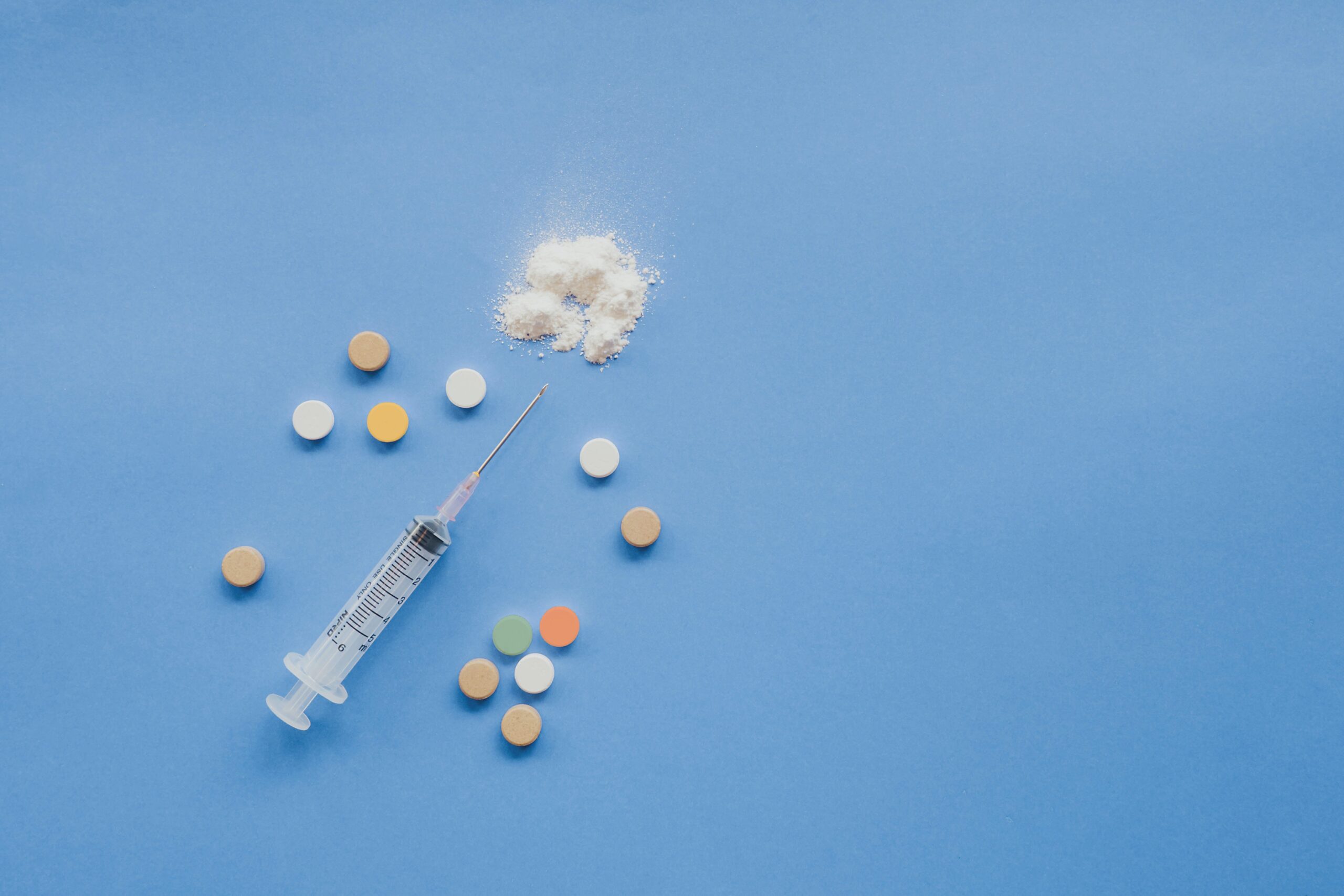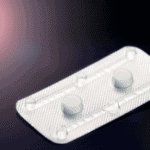
Dr Kelechi EgbulemMedicationJuly 4, 2023
Drug abuse is common among secondary school students, undergraduates, youths, commercial bus drivers, farmers and sex workers. Examples of drugs that are often abused include cannabis, cocaine, heroin, diazepam, tramadol, codeine and methamphetamine hydrochloride.
In this article, the focus is placed mainly on codeine and methamphetamine hydrochloride as they have both made the news headlines recently for their infamous popularity as the most abused drugs in Nigeria at the moment.
To put issues in proper perspective, it may interest you that 14.4% of Nigerians engage in drug abuse. This was revealed in a recent statement by the United Nations Office on Drug and Crimes which further admits that the burden of drug abuse in Nigeria is becoming menacing.
Codeine is an opiate and pro-drug of morphine used in the treatment of mild and moderate pain and cough. Its breakdown into morphine takes place in the liver and how quickly this occurs is dependent on the consumer’s genetics. It is taken orally.
Methamphetamine Hydrochloride is known by the following slang names: ‘glass’, ‘blade’, ’meth’, ‘crystal meth’, ‘crystal’, ‘quartz’, ‘ice’, ‘speed’, ‘kryptonite’ and the most recent ‘mkpurummiri’ predominantly used in south-eastern Nigeria.
Meth is a potent central nervous system stimulant that is mainly used as a recreational drug and less commonly as a second-line treatment for attention Deficit Hyperactivity Disorder (ADHD) and obesity. It could be swallowed, smoked, inhaled or injected.
Abusers could obtain these drugs from pharmacies, patent medicine stores, open drug markets, drug peddlers (including traditional drug hawkers), fellow drug abusers, friends and drug pushers.
Poor socio-economic factors and low educational background are common risk factors for drug abuse. However, other reasons for drug abuse include:
First and foremost, these drugs are both very addictive. With every intake, the user’s psychology and body system are wired to want some more. Consequently, users usually end up taking an overdose. Continuous indulgence results in abnormal behaviours, mental disorders and, worst cases, death.
Due to their addictive natures, trying to stop taking these drugs, especially for chronic users, leads to withdrawal symptoms. Without getting professional help from a Certified Psychiatrist, users are prone to discomfort until they go back to its consumption. The side effects of codeine use include:
The side effects of Methamphetamine Hydrochloride use include:
Signs of someone with drug addiction include but are not limited to:
A massive burden like this cannot be resolved by one person (the user) alone but should involve various other players. These other players include immediate family members, the community, religious bodies, physicians and the government.
Ingestion of these drugs will give effects that will never last for a lifetime. Looking at the earlier listed side effects of these drugs shows that it will only end badly if the right decision to not only quit but to seek help is not made on time. It is usually a difficult decision to make especially with the resultant withdrawal symptoms. However, overcoming drug abuse begins with the decision to quit.
The immediate family plays a huge role, especially in our Nigerian society. It is said that an individual’s character is a reflection of the family from which he/she emerges. Words of encouragement in the face of despair, sensitizing the youths about the ills of bad company, paying close attention to members of the family and identifying red flags go a long way in curbing the menace
Decisions by community leaders have an impact on what goes on in their immediate environment. In South-Eastern Nigeria, individuals found to be abusing meth (‘mkpurummiri’) are publicly flogged. Even though this method appears draconian, it is intended to serve as a deterrent to others. However, the negative side to this approach is that the real care needed by the drug abuser is rather sidelined.
Efforts should rather be made by communities to ensure that such drugs are not made available in their region and that youths are adequately enlightened about the dangers of drug abuse. They should rehabilitate drug abusers and support them while they are receiving care.
Africa is predominantly a very religious continent. As a matter of fact, many individuals respect the instructions of religious leaders more than the family or even the government. Therefore, religious leaders should by all means use their platforms to sensitize the people against drug abuse. They can also create support groups for former drug abusers to share their experiences and recovery stories to foster a sense of belonging and acceptance.
The physician is a valuable member in the rehabilitation process. Treatment for withdrawal symptoms among other care strategies is employed in the rehabilitation centres. It takes time and patience as no two individuals are the same. Even after leaving the rehabilitation center, following -up on progress should be done in person or online.
The government of the day has a major role to play in ending the scourge of drug abuse in the country. Some of the ways to do this is through the following:
A lot has been done in the past in setting up agencies like the National Drug Law Enforcement Agency (NDLEA) which is tasked with the fight against drug trafficking, and the National Agency for Food and Drug Administration and Control (NAFDAC) among various functions regulates the production and distribution of food and drugs in the country.
In recent times, the production and distribution of codeine have been banned in the country. The NDLEA has also made it easier for individuals or groups to report cases of drug trafficking or abuse on their official site: http://ndlea.gov.ng/submit-an-eye-withness-report/
Though initially intended for medical use, codeine and methamphetamine hydrochloride have become drugs that are incessantly abused. All hands must be on deck to combat the trend of drug abuse in Nigeria.
Telemedicine has become something revolutionary in today’s quickly changing healthcare industry by enabling people to communicate with medical professionals from a distance. This creative strategy makes use of technology to improve the convenience and accessibility of medical services. If you are dealing with the most abused drugs in Nigeria, Kompletecare got you; all discussions with the professionals are confidential and with mutual trust and respect.
The medical services you need are not far-fetched; it takes just a click to consult a specialist. You neither need to queue on a waiting line nor have to travel away from home or work to get medical advice about your health and life quest. You do not need to visit the office’s physical location; through telecommunication devices, you can get all the services you need.
Drug abuse is neither a healthy habit nor beneficial to society; seek help today. Every step, from quitting drug abuse to staying clean or sober, can be communicated via the technology within your reach.
1. Which state in Nigeria has the highest rate of drug abuse?
According to the newly published first research on drug usage in Nigeria, drug abusers are more prevalent in south-west Nigeria than in other regions of the nation. The south-west states that have the highest rates of drug abuse in the nation include Lagos, Gombe, and Oyo.
2. What is codeine syrup used for in Nigeria?
Like morphine and hydrocodone, codeine is a narcotic that suppresses coughing and eases pain. Codeine addiction caused the Nigerian government authorities to prohibit the sale of any cough syrup containing codeine due to an upsurge in reports of narcotic abuse.
3. How can we combat drug abuse in Nigeria?
To combat the most abused drugs in Nigeria, there is a need to adopt a multipronged strategy that includes socioeconomic initiatives, law enforcement, treatment, and prevention. It requires cooperation from the government, medical experts, local communities, and private citizens.
4. What diseases can codeine cause?
Codeine, as one of the most abused drugs in Nigeria, has some health side effects, which are:
5. What are the factors influencing drug abuse in Nigeria?
According to reports, a number of social factors, such as peer group influence, an unhealthy family background, such as illegitimate relationships, broken homes, alcoholic parents, or parental involvement in antisocial and illegal activities, have contributed to the deeper partake in the most abused drugs in Nigeria.
Dysfunctional relationships in all facets of societal structure propel a high prevalence of psychoactive substance use.
6. What approaches may be used to address the issue of drug abuse?
Remedial for the most abused drugs in Nigeria:
7. What are the 3 types of drug prevention and control?
When there is a societal drug abuse epidemic, there will be devised prevention and control. The three categories of drug misuse prevention measures that can be identified using a public health model are:
The majority of primary prevention initiatives, which aim to anticipate and prevent drug misuse, are geared toward elementary school students in general. In addition to social and psychological variables, the type of substance is the primary determinant of continuation. The degree of past drug use is the primary factor in the progression to higher-ranking drugs.
Regarding secondary prevention, this aims to stop occasional drug use. Similar to primary prevention, secondary prevention centers on the at-risk individual rather than societal factors. In terms of tertiary prevention, which is the act of not resuming substance use after attaining abstinence, studies assessing treatment programs for alcohol and other drug dependence suggest minimal durability.
8. What is the conclusion of drug abuse?
While people find fun indulging in the most abused drugs in Nigeria, the adverse effects are not widely conveyed. Drug use and addiction cause a lot of disease and disability, irrespective of who is using them.
Neuroscience findings in recent years have shown the intense harm caused by crystal meth, codeine, tobacco, alcohol, and various other psychoactive drugs circulating in society. Through awareness, policies can be put in place for the betterment of individuals and society at large.
9. What are the government agencies that prevent drug abuse in Nigeria?
Key partners in preventing drug abuse in Nigeria are:
10. What is the law on drug abuse in Nigeria?
There is a decree in relation to drug trafficking, such as cocaine, heroin, or similar drugs, and any offender is punishable by life imprisonment. In the same vein, the use of these psychoactive drugs attracts a sentence of 15 years imprisonment but not exceeding 25 years.
The government agencies have established law-abiding policies and many efforts to combat drug trafficking and abuse.
11. When is drug free day?
On June 26 each year, the world embarks on events to solidify the need for action and unity in achieving a world without drug abuse.
Oladimeji, A. (2019). In Nigeria, drug abuse is highest in Southwest.
Van Heeringen, K. C. (1995). The prevention of drug abuse state of the art and directions for future actions.
Yusuf, F. A. (2011). Factors influencing substance abuse among undergraduate students in Osun State, Nigeria.
healthcareNovember 7, 2024
MedicationNovember 25, 2024
NutritionFebruary 5, 2025
MedicationFebruary 5, 2025








